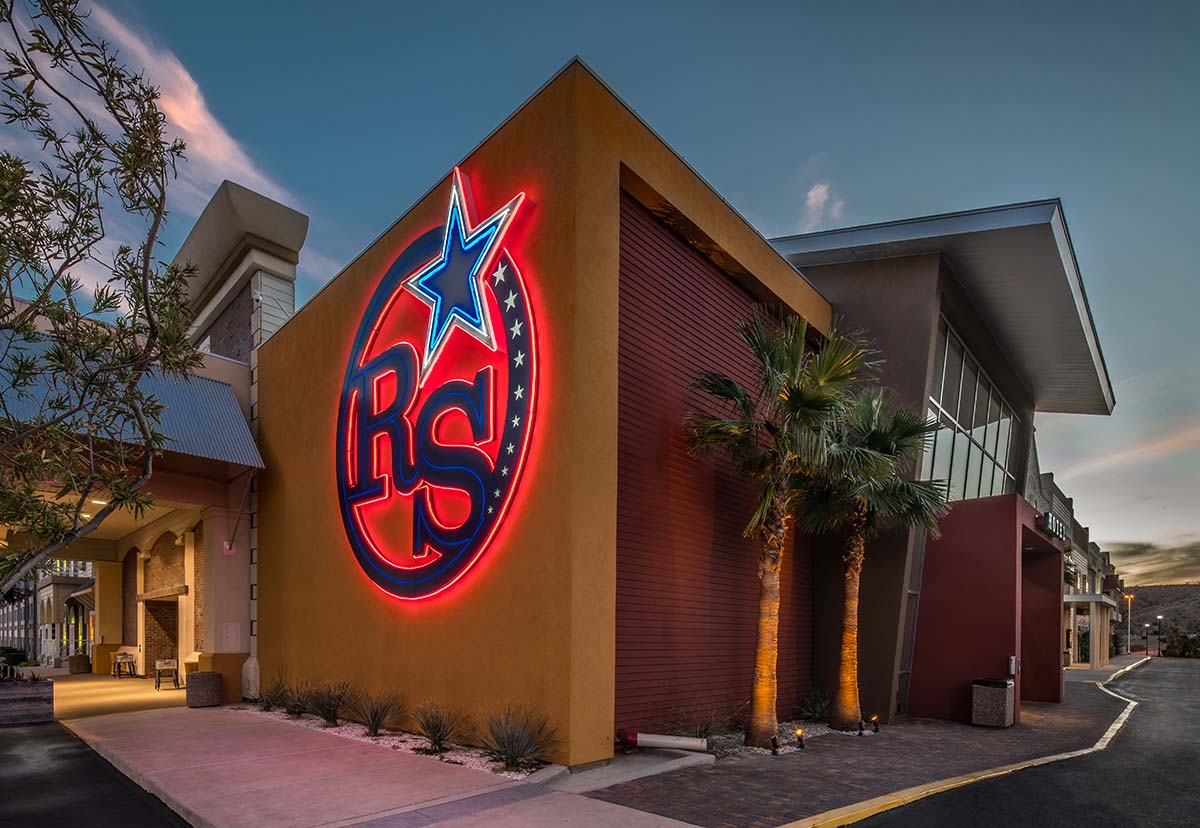Why is Color Important in Signage?
The way that color is used in signage matters. Current marketing research has reported that approximately 80% of what we assimilate through the senses is visual. The right application of color contrast between text and background makes signs easily readable. When color-coded with special characters or symbols, signage can quickly convey important information without the need for language. Colors evoke feelings, can influence behavior and guide attention with powerful signals that establish emotional connections. Color is so important it is usually among the very first issues addressed when creating effective signage. Many businesses have signature colors associated with their brand so that their signage stands out from the competition and immediately reinforces the identity of the brand. When determining how you will use colors in your signage, consider the impact you want your sign to make and the responses you want to invoke from your audience. Here are ways the right color enhances your signage.
- Visibility: High contrast colors, such as black text on a white background or a sign with a dark background and lighter-hued images, help messaging stand out. Nicely balanced sets of base, secondary, and accent colors can be read easily and let people process information faster.
- Attention Grabbing: Vibrant colors will catch people’s attention and help signage stand out, even in the busiest of environments. This is particularly important for signs that provide essential information or call for immediate action such as warning signs, emergency exits or promotional offers.
- Branding: Color consistency across all signage supports branding efforts and increases the likelihood that it will be recognized and resonate with customers. Colors can reflect brand personality and values to communicate important qualities that play into the judgements customers make based on the quality and color scheme of your signage.
- Emotional Power: Different colors can convey a wide range of emotions, from excitement and happiness (bright colors like red and yellow) to calmness and professionalism (neutral colors like gray and blue). Choosing the right colors for your signage can help you elicit the desired emotional response from your audience.
- Wayfinding and Navigation: Colors should stand out when deployed in wayfinding and navigation signage that is commonly used in large facilities such as airports, hospitals and shopping malls to guide people through unfamiliar spaces. Colors are often selected for their calming effect to reduce anxiety people feel in new surroundings, as well as visual clarity of messaging.
- Safety and Information: Color is often used to convey information quickly and universally. For instance, red often indicates danger or prohibition while green commonly signifies safety or approval. This color-based coding is helpful for conveying messages without relying solely on language.

